Junkyard Find: 1983 Mazda RX-7

First-generation RX-7s aren’t as common in self-service wrecking yards as they were five years ago, but it’s not hard to find a couple in a typical large yard in the Los Angeles or San Francisco areas. Most of the time I don’t photograph these cars, but we’ve seen this ’79, this ’79, this ’80, and this ’85 so far in this series, and now we’ve got today’s beat-looking but low-mile ’83 from Northern California.
Do you suppose this is the actual mileage, or did the speedometer cable break in 1991? It seems unlikely that the car has 1,068,798.3 miles on it.
While California’s tailpipe-emission limits in 1983 seemed incredibly strict by the standards of the other 49 states in 1983, these grams-per-mile numbers are filthy compared to current standards. For example: in 1983, your new California car could spew 0.7 grams of nitrogen oxides per mile; in 2015, the limit is 0.05 grams/mile.
I hope these “GS” emblems weren’t applied by Mazda. At least it has the beautiful rotareeeee.
The more you look, the more you like!

Murilee Martin is the pen name of Phil Greden, a writer who has lived in Minnesota, California, Georgia and (now) Colorado. He has toiled at copywriting, technical writing, junkmail writing, fiction writing and now automotive writing. He has owned many terrible vehicles and some good ones. He spends a great deal of time in self-service junkyards. These days, he writes for publications including Autoweek, Autoblog, Hagerty, The Truth About Cars and Capital One.
More by Murilee Martin
Latest Car Reviews
Read moreLatest Product Reviews
Read moreRecent Comments
- Jeff One less option will be available for an affordable midsize sedan. Not much can be done about GM discontinuing the Malibu. GM, Ford, and Stellantis have been discontinuing cars for the most part to focus on pickups, crossovers, and suvs. Many buyers that don't want trucks or truck like vehicles have moved onto Japanese and South Korean brands. Meanwhile large pickups and suvs continue to pile up on dealer lots with some dealers still adding market adjustments to the stickers. Even Toyota dealers have growing inventories of Tundras and Tacomas.
- Lorenzo This car would have sold better if there was a kit to put fiberglass toast slices on the roof.
- Lorenzo The Malibu is close to what the 1955 Bel Air was, but 6 inches shorter in height, and 3 inches shorter in wheelbase, the former making it much more difficult to get into or out of. Grandma has to sit in front (groan) and she'll still have trouble getting in and out.The '55s had long options lists, but didn't include a 91 cubic inch four with a turbo, or a continuously variable transmission. Metal and decent fabric were replaced by cheap plastic too. The 1955 price was $1765 base, or $20,600 adjusted for inflation, but could be optioned up to $3,000 +/-, or $36,000, so in the same ballpark.The fuel economy, handling, and reliability are improved, but that's about it. Other than the fact that it means one fewer sedan available, there's no reason to be sorry it's being discontinued. Put the 1955 body on it and it'll sell like hotcakes, though.
- Calrson Fan We are already seeing multiple manufacturers steering away from EVs to Hybrids & PHEVs. Suspect the market will follow. Battery tech isn't anywhere close to where it needs to be for EV's to replace ICE's. Neither is the electrical grid or charging infrastructure. PHEV's still have the drawback that if you can't charge at home your not a potential customer. I've heard stories of people with Volts that never charge them but that's a unique kind of stupidity. If you can't or don't want to charge your PHEV then just get a hybrid.
- AZFelix The last time I missed the Malibu was when one swerved into my lane and I had to brake hard to avoid a collision. 1 out of 5⭐️. Do not recommend.



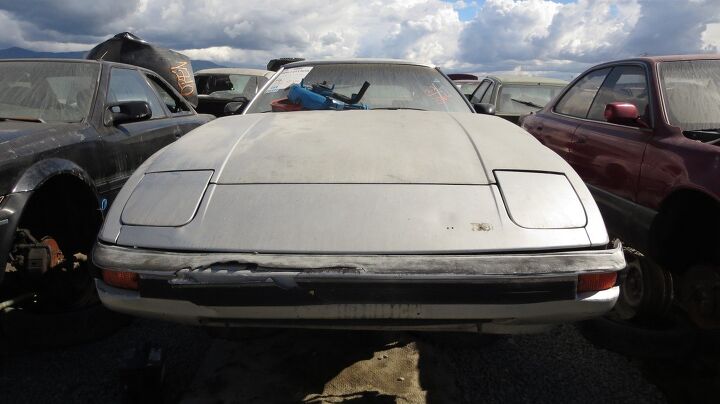

























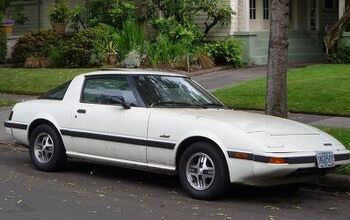
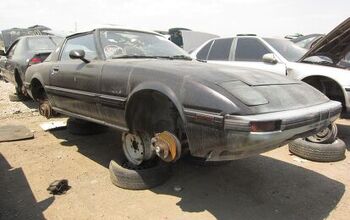
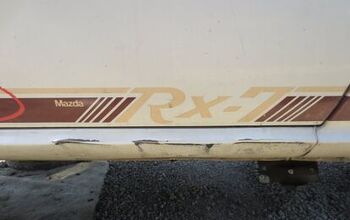
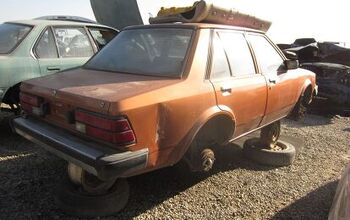

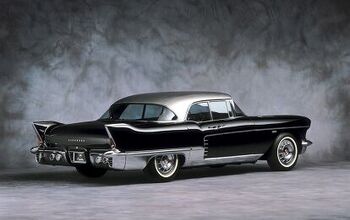
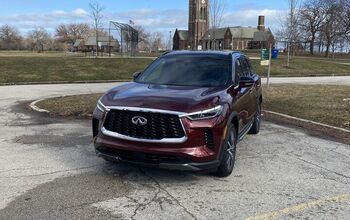
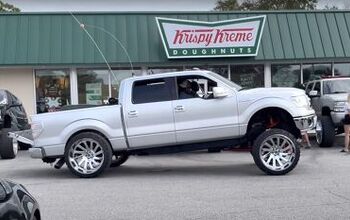



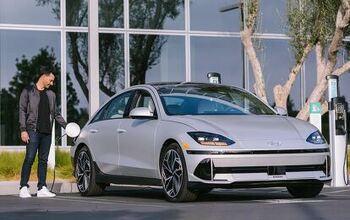



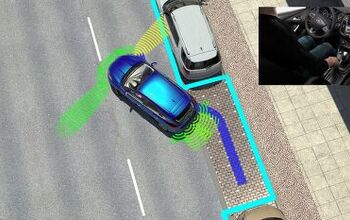
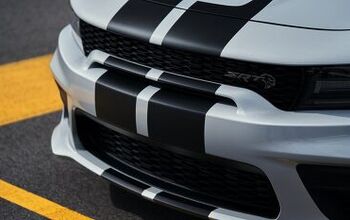
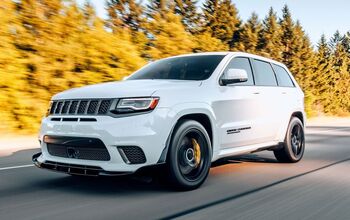
Comments
Join the conversation
I learned to drive, and drive stick, on my father's new 1979. Good memories. The clutch was quite easy in its operation. The other thing that impressed me was how smooth revving the engine was at high RPM's, not at all like a conventional one. It was my father's pride and joy. He was quite relaxed as an instructor, but became perturbed only once, when I had driven many miles with the emergency brake on. "Check your instruments," he yelled. But he was totally cool with all the wear I put on his clutch learning first gear. His evil second wife took it in his divorce in the early 1980's, leaving him her old 280z, so all the RX7's virtues and problems went to her. B**ch.
I worked as a line technician on Mazda in the late 70's A truck load would arrive and during the pre-delivery inspection a road test was called for. All the rotary engines ran a little different from one another depending on manufacturing tolerance. The tighter the "seal" the stronger the car ran. The Wankel design is an outstanding design unfortunately very expensive to repair. This is why Mazda required any compression problem to get an engine swap and the core shipped back for diagnosis. Great company with customer service close at heart. Nothing rev's like a good Wankel... screamers. They would still be in the U.S. except for emissions and cost... .